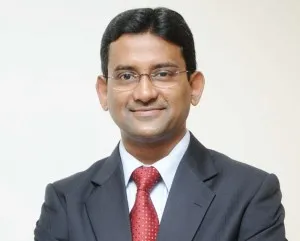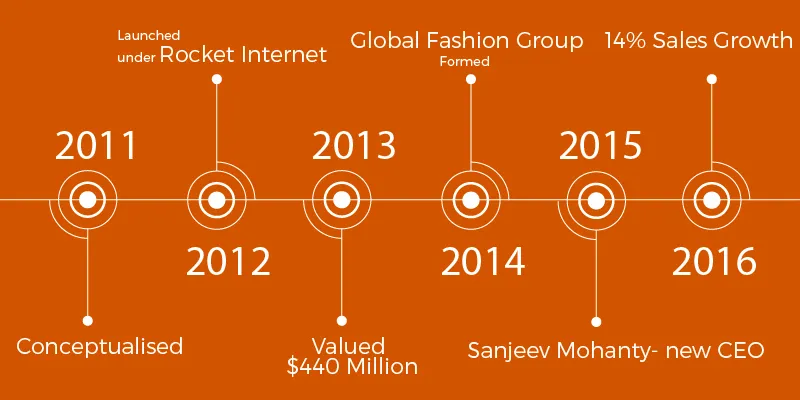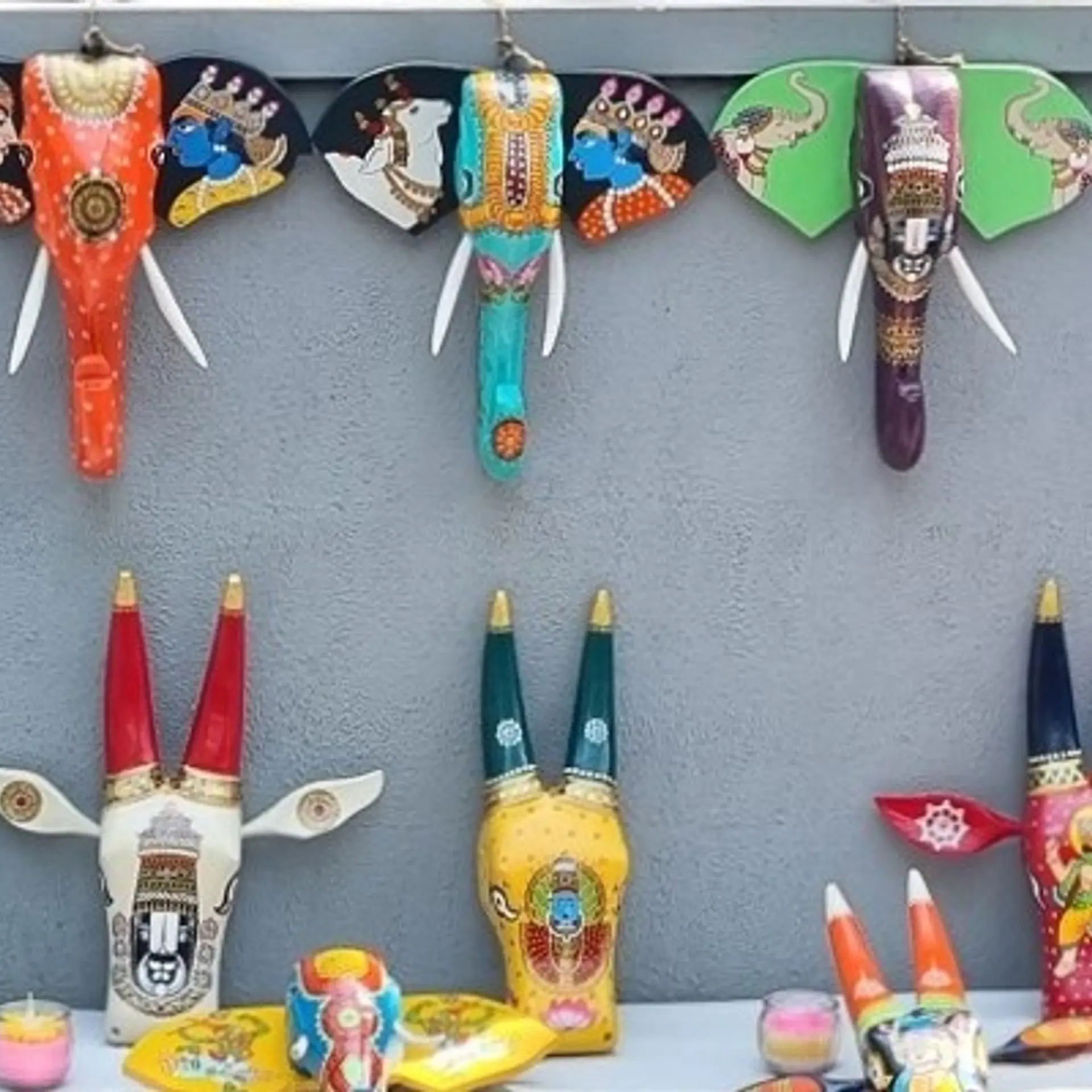Find out Jabong's all-new strategy to take on Myntra and others
Women are the hardest to please – and once you win their heart, you are settled. It works in life, and it works in business – especially if your business is in online fashion commerce. Winning this loyalty is the USP of Jabong, one of India’s earliest fashion e-sellers in the country.

While any story has its twists and turns, Jabong has a legacy - of big efforts and bigger ambitions. Conceptualised by IIM-Calcutta graduates Praveen Sinha and Manu Kumar Jain, and INSEAD graduate Arun Chandra Mohan, in 2011, Jabong was incubated under German investment firm Rocket Internet. In 2013, Jabong was worth $440 million.
In 2014, Rocket Internet collaborated with Swedish investment bank Kinnevik to form Global Fashion Group (GFG) at a valuation of Rs 21,600 crore. Following Flipkart’s acquisition of Myntra, Jabong was in talks with Amazon for a sale for $1 billion; but it did not materialise.
GFG became Jabong’s parent company in 2015. But Jabong lost focus with indiscriminate expansion of product categories, brands, merchants, and discounting, and its sales growth fell to a mere seven percent in calendar 2015, from 136 percent in 2014. The founders left the company in September 2015, and many speculated that Jabong may not be revived.
Indian e-commerce had already witnessed the birth and growth of many fashion portals by then: Voonik, Limeroad, and fashion social networks like Roposo and Wooplr among them. Horizontal players such as Amazon, Flipkart, Snapdeal, and ShopClues are also giving them a run for their money.
Yet, Jabong is biding time for a comeback it truly believes to be inevitable. The onus is on the new CEO Sanjeev Mohanty, who was hired in November 2015, from United Colours of Benetton, where he was serving as the country head. YourStory had a chat with him recently about what is going on at the company, and what can be expected next. Here is what we found.
Restructuring the business
Jabong has been working on restructuring the business since Sanjeev joined, starting with hiring the top leadership team. Former eBay India Head B Muralikrishnan joined as COO, and Snapdeal Category Management VP Rahul Taneja came in as CBO.

The first task was to bring the business back to stability after undergoing management transition when it had became part of GFG last year. An assured Sanjeev says: “We are ensuring fundamental things for building growth. We have reduced discounts, built better relationship with brands focussing on upper and premium segment, and this base level work will continue in Q3 and Q4.”
Jabong’s Q1 results showed gross profit for the first time, with the highest-ever monthly growth of nearly 35. So what is their secret? The focus is on profitable growth, Sanjeev says, adding, “We are very focussed on our core customer.”
Jabong had recently announced that they will be cutting down on low-margin brands. “We cannot cater to everybody; we will curate different categories within top brands and will be operating within a price segment,” Sanjeev says. But will this not cost Jabong quite a few customers? Sanjeev is confident– “It is a huge market. Many new customers are coming online. We will have more and better quality customers,” he says. There is a premium attached to good quality. “There are great labels and vendors which do not get access to a wider consumer base; they might be sharp in their pricing. We need to bring great design, great merchandise– sometimes when you go for cheap, quality suffers,” Sanjeev says.
Focussed strategies
Jabong is building on core categories like women’s wear, sportswear, and men’s wear. “We will add new categories like beauty, accessories, and home décor. Instead of building multiple private labels, we are focussing on our western wear collection Miss Bennett and ethnic wear Sangria,” Sanjeev says. Jabong is also coming up with boots and non-sports footwear for men and women, and more denim wear collection for men.
Sanjeev is clear on the company's priorities. “We want to focus on net revenue, not GMV – everything we do has to align to what Jabong customers are aspiring for,” he explains, adding that Jabong will add 20 or more popular brands.
Arvind Singhal, Chairman of management consultancy Technopak, says that since power brands like Zara, H&M, GAP etc. are not on Flipkart or Amazon either, Jabong should list some of them by controlling discounts and providing exclusivity. Power brands like Topshop, Dorothy Perkins are already available on Jabong; more will be available in exclusive selection soon.
While its competitors are trying to hike the number of sellers, Jabong believes that over proliferation in options is a hurdle in closing customers’ transactions fast. Jabong filters their items so that the customer can choose one or two from hundreds instead of thousands.
“We are trying to introduce new keywords to make it simpler for the customers to discover what they want. Currently, the customer journey, from login to search to discovery to checkout, will take 5-6 minutes. If we can help them search and checkout faster, it provides a better shopping experience. We are incorporating a lot of customer insights into the app,” Sanjeev says.
The mobile site, Jabong lite, was launched in January; but about 70 percent of the traction still comes from the app. Jabong’s new app is expected to be launched in August, with new technology and curated, personalised content for better search experience. The company has also released a new TV campaign, the first large scale one since 2012. Social media campaigns are also active.
Where did Jabong go wrong?
Building a better future demands a keen understanding of the past, the mistakes and failures. Righting Jabong’s wrongs were essential for the return. Sanjeev believes that understanding the consumer is very critical. “There are different stages in the growth of a company. At one stage, everything was about growth, and we lost sight on the consumer. We are now back to focus on consumers without pressure on hyper growth,” he says.
Did Jabong fail to capitalise on Myntra going app-only? “You can only capitalise to an extent – finally you have to focus on your core strength as a brand. We lost sight of our core strength at the time, and we lost the opportunity,” he agrees.
Jabong is particular about not trying to please everybody. “We will create a clear differentiation as a consumer brand. Online fashion market alone is worth $18 billion. Even if we take 5-7 percent of it we are going to be a large and profitable company,” Sanjeev adds.

Fund crunch issues
Raising money and bringing the business back on track without resorting to too much discounting is Jabong’s biggest challenge. Arvind says: “If you have grown the business based on discounting, the moment you stop it, your growth rate stalls. Like in offline retail, you have to get the right service path, unique merchandise, maximum choice and go beyond discount.”
Sanjeev says they are always looking out for funding. Although Jabong’s parent company GFG raised $339 million at a valuation of $1.13 billion (€1 billion) in April, industry talk is that GFG is not keen on investing in their India business. Investors want to see change before putting in money, and in the past 6-8 months, there are definite signs. Sanjeev says: “We are fully funded now; we will look at it depending on the requirements.”
Now onward
In January, Jabong reported 14 percent sales growth – a far cry from its rivals’ 80-200 percent. But many of Jabong’s competitors are not doing very well. Arvind says: “Fashionara has shut down, Myntra won’t declare their numbers in losses, and ABOF is yet to make a mark. The ones doing well are those with omni-channel strategy: Zodiac and Fabindia sell online through their own store and marketplaces by controlling pricing and supply.”
As the e-commerce industry is maturing, the stage is set for the return of Jabong. Praveen Sinha, serial entrepreneur and Founder of Jabong, says, “Irrational behaviour of selling below costs is declining. In discounts and coupons, overall market is stabilising. Recent policy change and regulatory framework, in fact, has enabled it to be executed even faster,” he says.
With online shopping becoming more common, fashion retail is on the rise. Praveen says: “If the market sentiments is positive, Jabong is there to shine.” And the world is watching.







